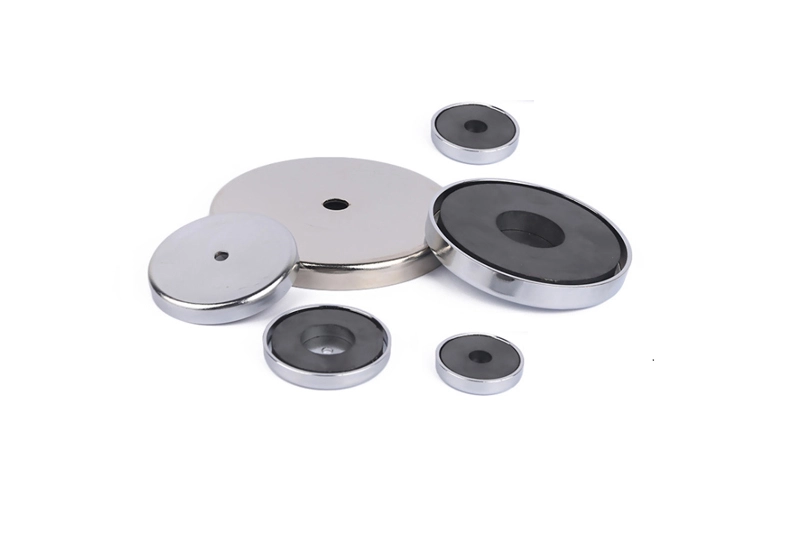Anyone who has understood NdFeB magnets knows that there are two types of NdFeB magnets: sintered NdFeB and bonded NdFeB. This time we will introduce the sintered NdFeB magnet. Sintered NdFeB magnets are divided into types of coating and non-coating. Many people think that the coating is just for aesthetics. In fact, it is not. So what is the role of the coating?
NdFeB magnets are also called "strong magnets" or "permanent magnets." NdFeB magnets are alloy materials that are easy to rust and have poor chemical stability. After experiments, it will be completely oxidized and corroded if it stays in the air at 150°C for 51 days. It is more likely to be corroded in a weak acid solution, and the appearance of anti-corrosion treatment is also called plating, which is to make the magnet more durable and long service life.
Strong magnets are well understood, neodymium iron boron magnets are dozens of times the magnetic force of ferrite magnets (also known as "general magnets"), so they are called powerful magnets.
If the neodymium iron boron magnet is stored properly, the surface coating is not destroyed, and it is used at a fixed temperature, it will not be demagnetized. The service life is permanent, so it is also called a permanent magnet. However, the magnet often cannot meet this condition during use, so the service life of the neodymium iron boron magnet is generally 20-30 years.
At present, sintered neodymium iron boron magnets generally adopt electroplating metal, electroplating + electroless metal plating, electrophoretic coating and phosphating treatment in the industry to isolate some influencing factors in the air as much as possible.

Related Article
Please fill the form to let us know your need. Our sales will get in touch with you ASAP.
Related Products